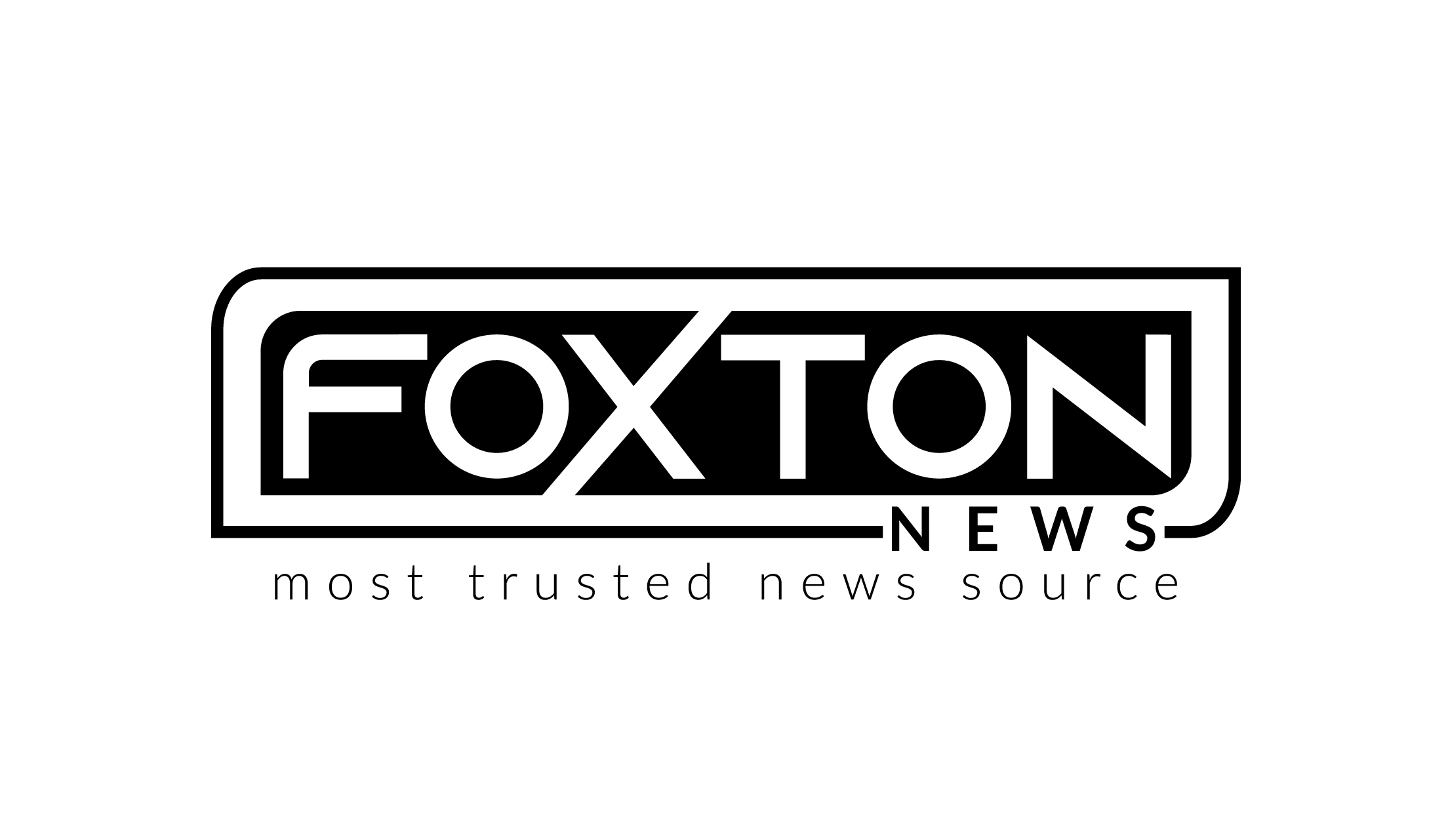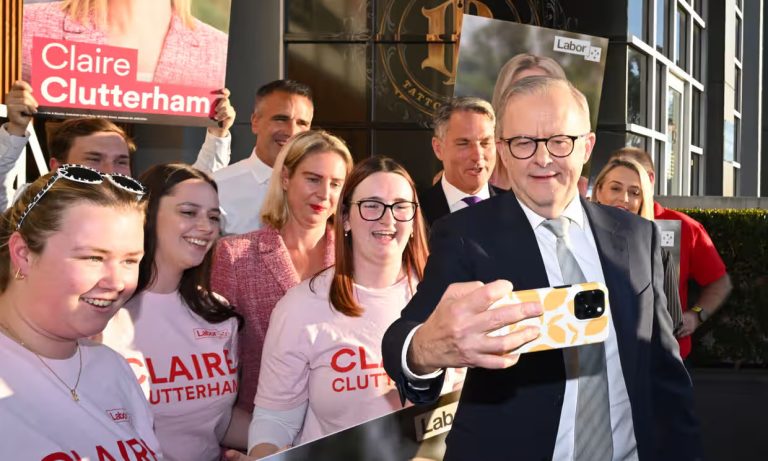As Australia heads to the polls this Saturday, over 18 million voters will decide between the incumbent center-left Labor Party and the conservative-leaning Liberal-National Coalition. But in a sign of shifting political tides, around one in three Australians are expected to turn away from the major parties—led by Prime Minister Anthony Albanese and Opposition Leader Peter Dutton—in favor of independents or minor party candidates. The election unfolds against a backdrop of rising living costs and the global political ripple effects of figures like Donald Trump.
Election day in Australia has a distinct flavor. Voters typically head to their local school or church, casting their ballots before grabbing a classic “democracy sausage”—a grilled sausage on a slice of bread, often topped with onions and sauce.
They’ll then navigate a crowd of party volunteers handing out how-to-vote cards, a hallmark of Australia’s preferential voting system. Volunteers clad in red will represent the Labor Party, currently leading in the polls, while those in blue will back the Coalition, whose initially strong campaign has lost momentum over recent weeks.
The final Guardian Essential poll shows the Coalition slightly ahead in first preferences—34% to Labor’s 32%—but once preferences are distributed, Labor is projected to lead with 52.1% to the Coalition’s 47.9%. This outcome could see Labor returned to power, potentially in a minority or even a slim majority government—consistent with trends seen across other polls throughout the campaign.
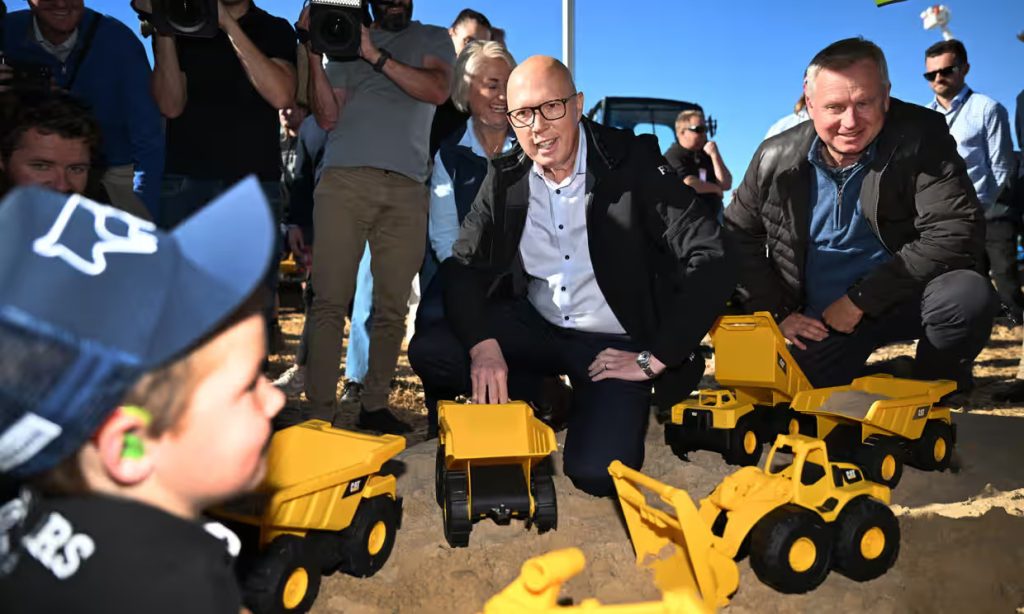
The Greens will be in the thick of the contest on Saturday, aiming to hold the balance of power if neither Labor nor the Coalition secures a clear majority. They’re expected to win around 13% of first-preference votes.
Also in the mix are candidates in yellow, representing the Trump-aligned Trumpet of Patriots party, bankrolled by mining billionaire Clive Palmer. The party has drawn widespread criticism for bombarding voters nationwide with unsolicited text messages.
Pauline Hanson’s One Nation party—an enduring right-wing presence—has seen a bump in support from its 5% primary vote in 2022. While it remains unlikely to win lower house seats outright, it could play a spoiler role in closely contested electorates.
Another key force is the group of so-called “teal independents,” who made waves in the 2022 election. Running on platforms focused on climate action, political integrity, and gender equality, they unseated Liberal candidates in traditional strongholds. These independents are once again posing a serious threat to the Coalition and could play a decisive role in forming government if no party wins an outright majority.
At polling places, voters will receive two ballots. The first, for the lower house—known as the House of Representatives—asks voters to choose a local MP. The second, much larger and often more confusing, is for the Senate, the upper house, featuring a long list of candidates, including some with unconventional platforms.
Voting is compulsory in Australia, though the rate of informal (invalid) votes has been climbing—not to be confused with “donkey votes,” where voters number candidates in order without consideration.
While 3 May is the official election day, millions of Australians will have already voted early.
Younger voters—Gen Z and millennials—now outnumber baby boomers and are emerging as a powerful electoral force. With the cost of living and housing affordability dominating the national conversation, these issues are front of mind for a new generation of voters.
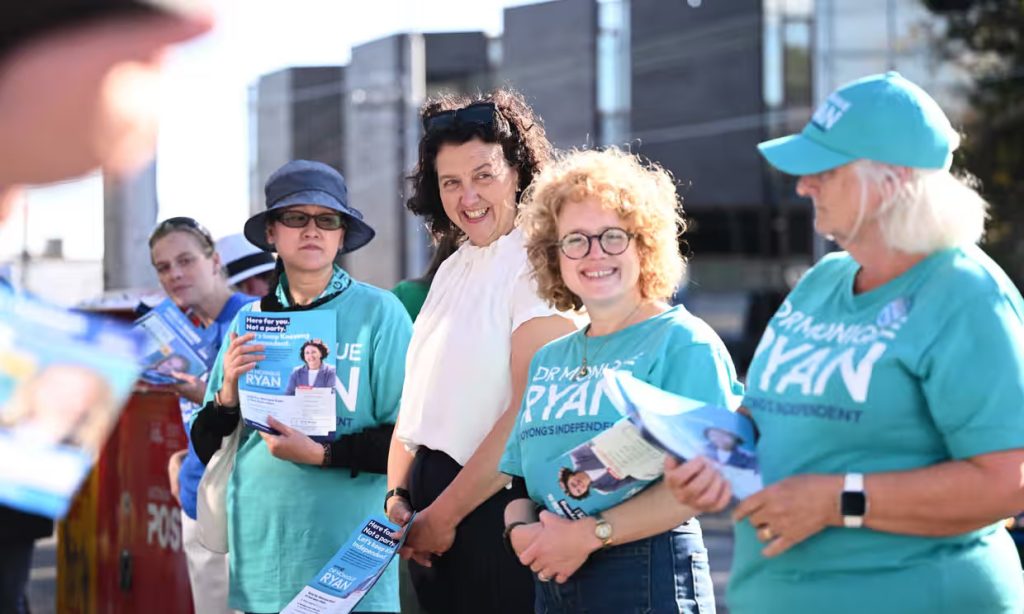
The two major parties are going head-to-head with competing tax policies in this election—Labor offering income tax cuts, while the Coalition proposes a cut to fuel taxes. They also clash on housing policy, each putting forward schemes to help first home buyers. However, economists warn that both approaches risk further inflating already high property prices.
Health has been a central focus for Labor, particularly its promise to shore up bulk-billed GP services, which offer free consultations at the point of care. While the party has aggressively promoted this policy, skepticism remains among medical associations and healthcare experts about whether it will deliver real change.
Arguably, the sharpest policy divide between Labor and the Coalition lies in their visions for energy and climate policy. Both parties claim to support net zero emissions by 2050, but the paths they propose are vastly different. Labor has legislated a 2030 emissions reduction target and plans to meet the 2050 goal by expanding renewable energy and phasing out coal. The Coalition, on the other hand, has vowed to roll back some of Labor’s climate measures and is pushing for the development of a nuclear power industry—an idea heavily criticized by experts, including the Climate Change Authority, which warns it would derail the country’s net-zero ambitions.
A wildcard in the 2025 campaign has been the influence of Donald Trump. His return to the U.S. presidency has amplified Australia’s own culture wars, while a potential trade war threatens to hit the Australian economy hard. Cuts to foreign aid—partly driven by ideological alignment with Trump-era policies—are already creating instability in the Pacific region.
Opposition leader Peter Dutton, a former police officer from Queensland, has long projected a tough, law-and-order persona, though he occasionally seeks to soften his image. Trump’s re-election appears to have emboldened Australia’s political right, and Dutton has echoed some of Trump’s rhetoric and strategies. He appointed Jacinta Nampijinpa Price as shadow minister for government efficiency—a role and title reminiscent of Silicon Valley disruptors—who proclaimed a Dutton government would “make Australia great again.” Dutton himself has adopted a campaign slogan that closely mirrors Trump’s: “get Australia back on track.”
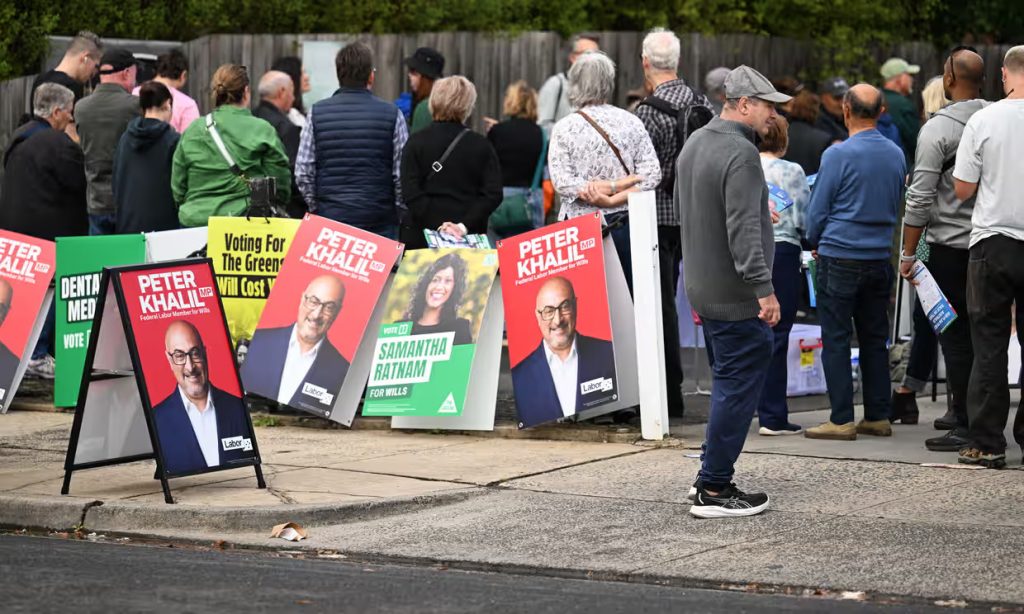
Peter Dutton has vowed to slash 41,000 public service jobs if elected, with a particular focus on eliminating roles related to “culture, diversity, and inclusion.” He has taken a hard line on migration and crime, positioning these issues at the core of his campaign.
Dutton has also turned his sights on segments of the media, attempting to delegitimize outlets like Guardian Australia and the ABC, branding them as “hate media” in a clear appeal to conservative voters skeptical of mainstream journalism.
In the final week of the campaign, he intensified his culture war messaging by declaring that Indigenous “welcome to country” ceremonies had become “overdone.” His remarks followed a disturbing incident on Anzac Day, when a neo-Nazi disrupted a ceremony and heckled an Indigenous elder—an event that has further polarized public opinion.
Dutton has placed his hopes on what he calls the “quiet Australians”—a phrase borrowed from previous conservative campaigns—believing they will quietly deliver him a surprise victory. Within the opposition, some party insiders suggest their internal polling tells a more optimistic story than public surveys indicate.
They may have reason to believe so. Polls have missed the mark before: in Australia’s 2019 federal election, during the 2016 U.S. election, and in other high-stakes contests where unexpected outcomes overturned widespread expectations.
Only time will tell if history repeats.
